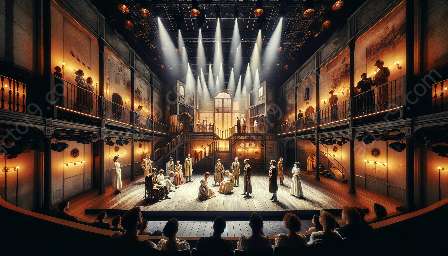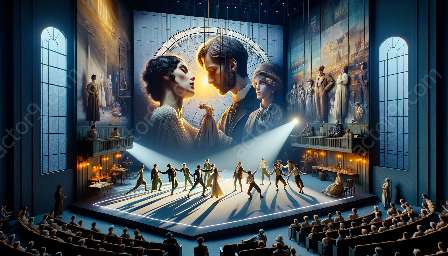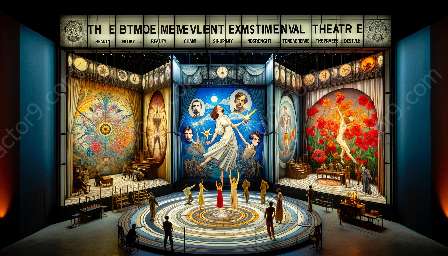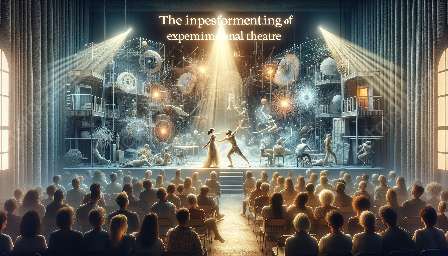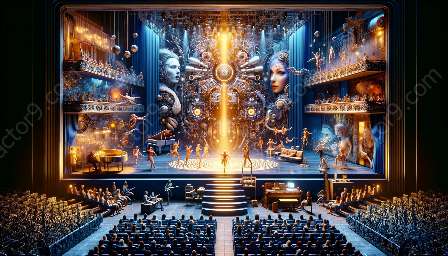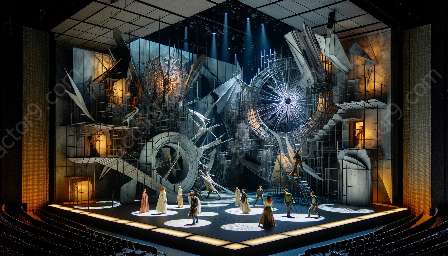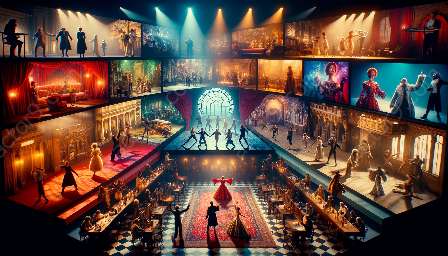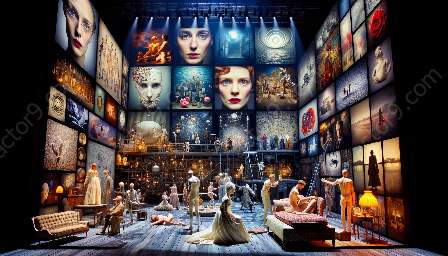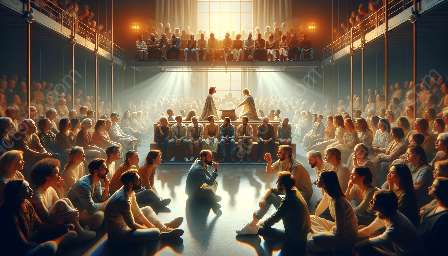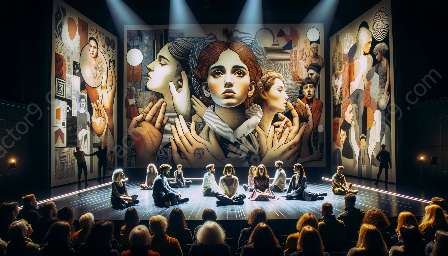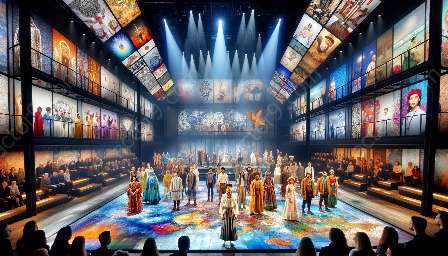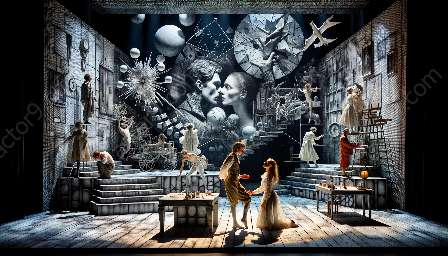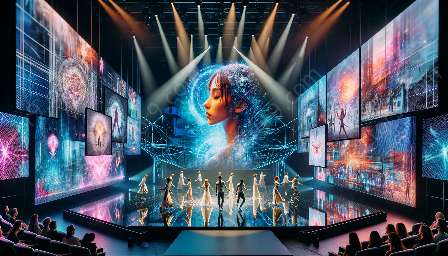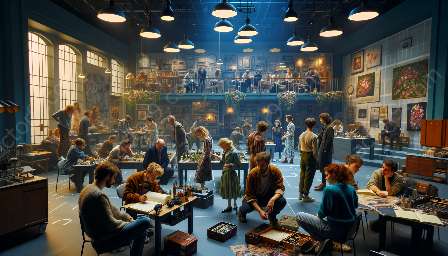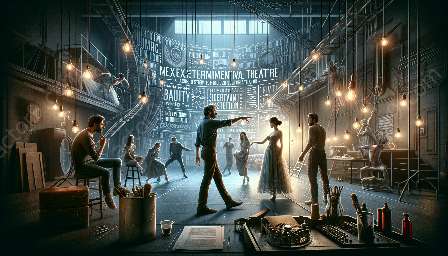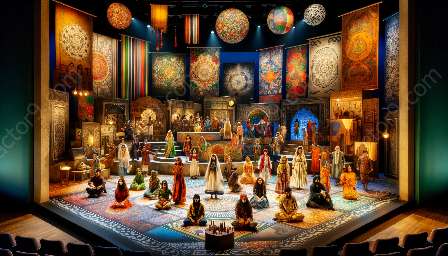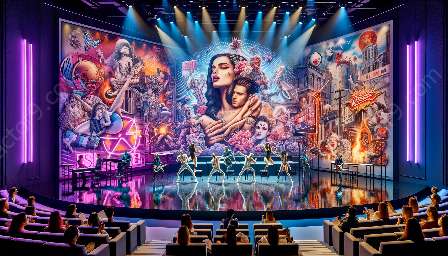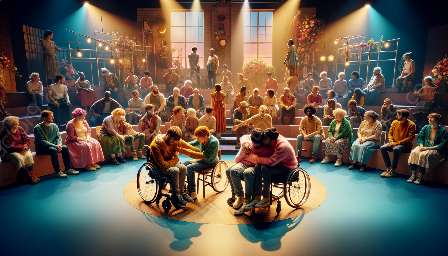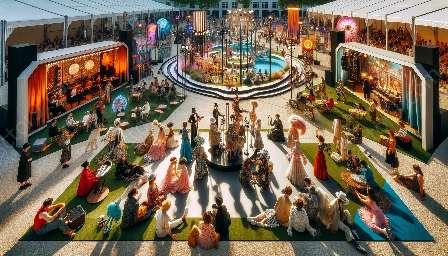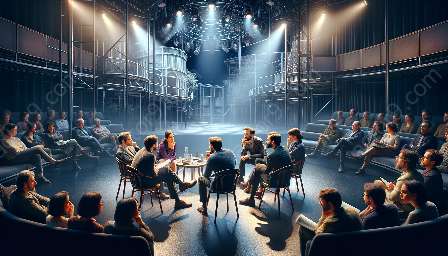Physicality and embodiment are integral elements in the realm of performance, particularly within the context of experimental theatre. This in-depth analysis delves into the significance of these aspects and their impact on the world of experimental theatre. We will explore how physicality and embodiment are portrayed, critiqued, and utilized in this form of art.
The Essence of Physicality and Embodiment in Performance
Physicality and embodiment refer to the use of the body and movement as central components of expression and communication in performance. In experimental theatre, these concepts take center stage, shaping the narratives and experiences presented to the audience.
Exploring Physicality as a Theatrical Tool
In experimental theatre, physicality transcends mere movement; it becomes a language in itself. Performers utilize their bodies to convey emotions, narratives, and themes, often subverting traditional verbal communication. This heightened sense of physical expression adds layers of depth and complexity to the performance, challenging conventional theatrical norms.
Embodiment as a Form of Artistic Expression
Embodiment delves deeper into the psyche of the performer, transcending the mere physicality of movement. It encompasses the immersion of the performer into the character, role, or theme, often blurring the lines between the self and the performed persona. In experimental theatre, embodiment becomes a transformative tool, allowing performers to inhabit and embody diverse identities and experiences.
Impact on Experimental Theatre
The incorporation of physicality and embodiment in performance has a profound impact on experimental theatre. It challenges conventional storytelling methods, encouraging a more visceral and sensorial experience for the audience. Experimental theatre criticism and analysis often delve into the innovative use of physicality and embodiment, recognizing the potential to break down barriers between performer and audience.
Challenging Conventional Norms
Experimental theatre thrives on pushing boundaries and redefining the parameters of performance. The inclusion of physicality and embodiment as central elements disrupts traditional theatrical norms, inviting audiences to engage with the performance on a deeply visceral level. This departure from traditional verbal communication emphasizes the power of the body as a storytelling tool, creating a dynamic and immersive experience for the spectator.
Critical Analysis and Interpretation
Experimental theatre criticism and analysis play a pivotal role in contextualizing the use of physicality and embodiment. Critics and scholars scrutinize the impact of these elements on the overall narrative and thematic exploration, recognizing the potential for transformative and boundary-pushing experiences. They often highlight moments of transcendence where physicality and embodiment converge to create profound theatrical moments that defy traditional categorization.
Conclusion
Physicality and embodiment in performance serve as catalysts for transformative and sensory experiences within the realm of experimental theatre. Their integration challenges conventional norms, offering innovative avenues for storytelling and artistic expression. By embracing physicality and embodiment, experimental theatre continues to redefine the boundaries of performance, captivating audiences and scholars alike.

